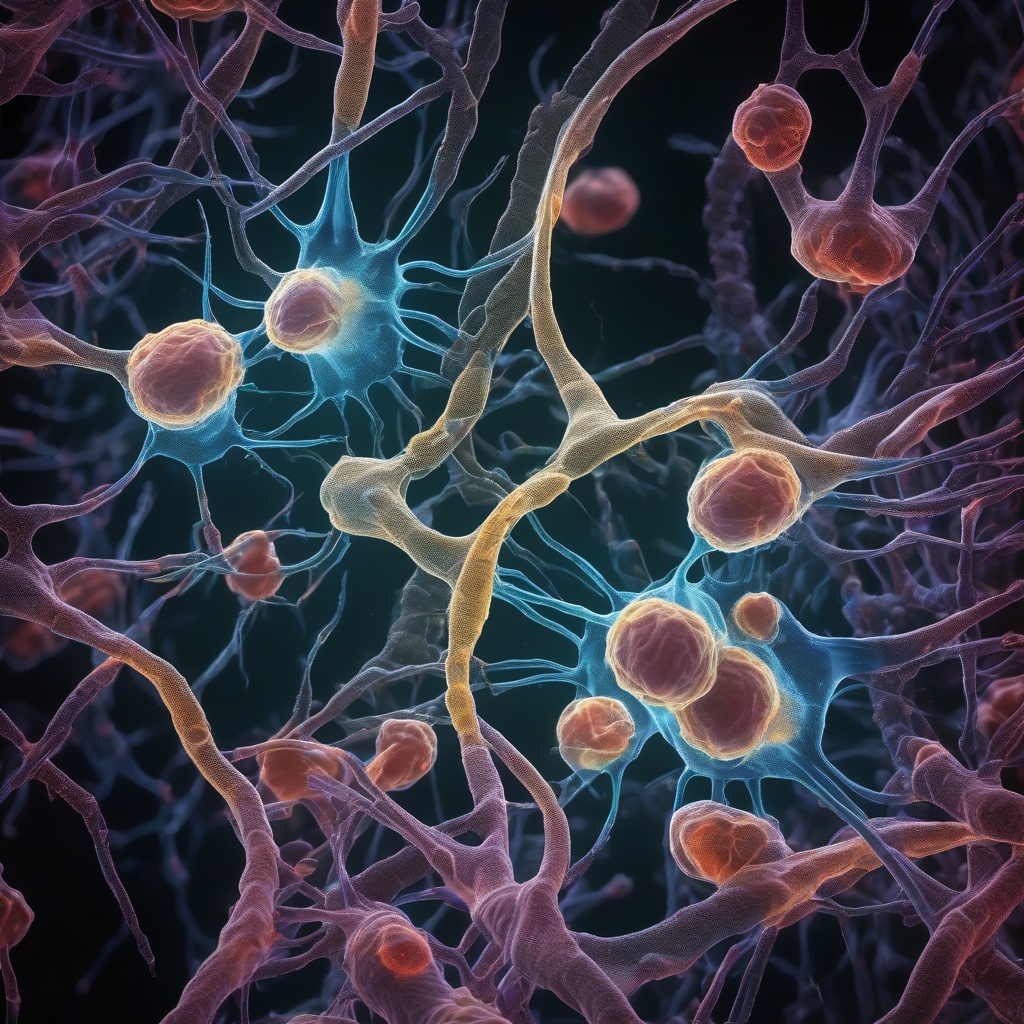Uncovering HMGB1-Dependent Signaling: A Key Regulator of Mast Cell Activity in Inflammation Responses
Background. Damaged cells release endogenous molecules known as alarmins into the extracellular space following cellular injury.
What are Alarmins?
Alarmins are a group of proteins that play a crucial role in initiating and regulating the innate immune response. They are released by damaged or dying cells and act as danger signals to alert the immune system of potential threats. One such alarmin is High Mobility Group Box 1 (HMGB1), a nuclear protein that has been implicated in various inflammatory and immune responses.
The Role of HMGB1 in Inflammation
HMGB1 is a multifunctional protein that can act as a pro-inflammatory cytokine when released into the extracellular space. It interacts with various receptors, including Toll-like receptors (TLRs) and the receptor for advanced glycation end-products (RAGE), to induce the production of pro-inflammatory cytokines and chemokines. This leads to the recruitment of immune cells, including mast cells, to the site of injury or inflammation.
Mast Cells and Inflammation
Mast cells are a type of immune cell that play a crucial role in the initiation and regulation of inflammatory responses. They are involved in various physiological and pathological processes, including allergic reactions, autoimmune diseases, and cancer. Mast cells release a variety of mediators, including histamine, leukotrienes, and cytokines, which contribute to the development of inflammation.
HMGB1-Dependent Signaling in Mast Cells
Recent studies have shown that HMGB1 can regulate mast cell activity and contribute to the development of inflammation. HMGB1 can induce the activation of mast cells, leading to the release of pro-inflammatory mediators. This is mediated through the interaction of HMGB1 with TLRs and RAGE on the surface of mast cells. The activation of these receptors triggers a signaling cascade that leads to the production of pro-inflammatory cytokines and chemokines.
Mechanisms of HMGB1-Dependent Signaling in Mast Cells
The mechanisms underlying HMGB1-dependent signaling in mast cells are complex and involve multiple pathways. One key pathway involves the activation of the NF-κB signaling pathway, which leads to the production of pro-inflammatory cytokines and chemokines. Another pathway involves the activation of the MAPK signaling pathway, which regulates the release of mast cell mediators.
Implications of HMGB1-Dependent Signaling in Inflammation
The discovery of HMGB1-dependent signaling in mast cells has significant implications for our understanding of inflammation and immune responses. It suggests that HMGB1 may be a key regulator of mast cell activity and a potential therapeutic target for the treatment of inflammatory diseases. Targeting HMGB1 or its receptors may provide a novel approach for modulating mast cell activity and reducing inflammation.
Conclusion and Future Directions
In conclusion, HMGB1-dependent signaling is a key regulator of mast cell activity in inflammation responses. Further research is needed to fully elucidate the mechanisms underlying HMGB1-dependent signaling in mast cells and to explore its therapeutic potential. Read the full article here.
In summary, the study of HMGB1-dependent signaling in mast cells has opened up new avenues for research into the mechanisms of inflammation and immune responses. By understanding the complex interactions between HMGB1, mast cells, and other immune cells, we may be able to develop novel therapeutic strategies for the treatment of inflammatory diseases.



